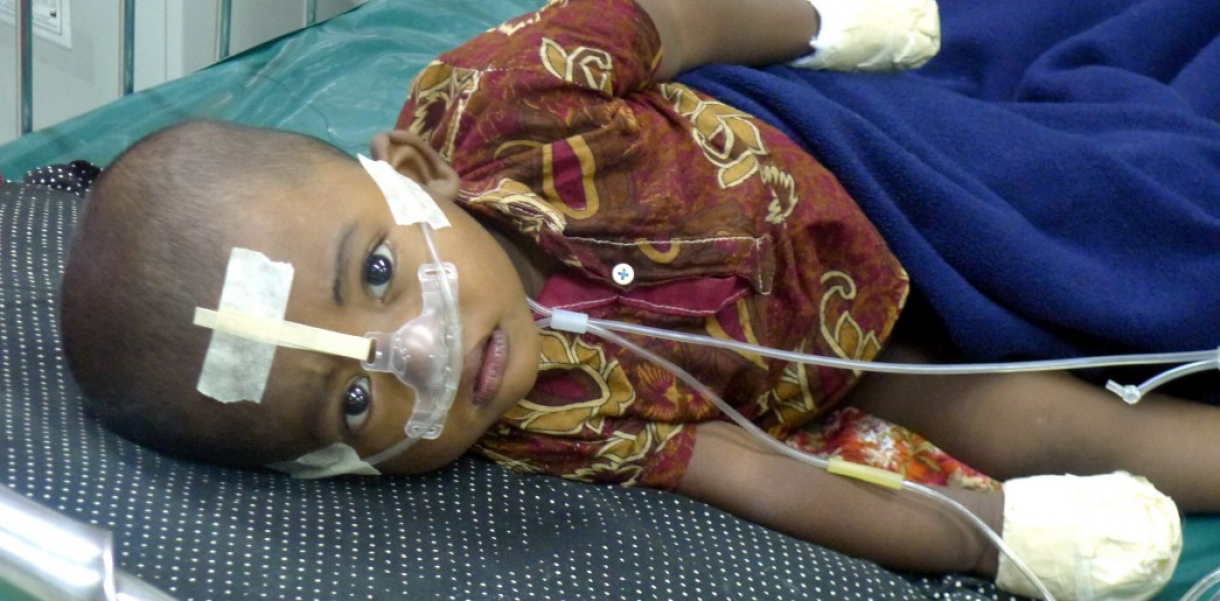Every year, 2 million children die from pneumonia – more than AIDS, malaria and tuberculosis combined – and 98% of these children live in developing countries. A simple respiratory treatment to this silent killer is available and affordable, but currently not helping enough children due to technical obstacles when administering life-giving oxygen. AdaptAir, invented by Stanford graduate Alejandro Palandjoglu, could be the missing link providing a universal, nasal fitting treatment for dying children!
One of the UN Millennium Development Goals is to reduce the under-five child mortality rate by two thirds by 2015. According to UNICEF, 29,000 children die everyday - 21 each minute - mainly from preventable causes. A tragic example of unnecessary deaths is that of deaths caused by pneumonia. For most people in the developed world, pneumonia can be treated at home and often clears up in a matter of 2-3 weeks. The survival rate of this illness thus tends to be taken for granted, when actually (which is unknown to many) it kills more children worldwide than any other disease, and is - arguably - one of the most solvable problems in global health.
Pneumonia has the potential to be a fatal illness because, in severe forms, accumulation of fluid in the lungs compromises a child’s ability to breathe. The delivery of continuously pressurized oxygen is crucial for survival of children with severe pneumonia in order to keep their lungs open, but the current treatments to this, the leading killer of children under the age of five, are inadequate in developing countries due to the fact that the patients are not receiving the vital oxygen due to e.g poor seals and poor-fit on the Bubble CPAP - a simple and affordable therapy that provides continuous, positive airway pressure.
AdaptAir, is a clever, simple and highly effective solution with the potential to rid this issue of avoidable pneumonia deaths. It addresses the (often) poor-fitting, generic nasal prongs, thus preventing oxygen from escaping during treatment. The device, designed by a team of brilliantly innovative Stanford University students, is a one-size-fits-all silicone adapter, addressing the problem of varying tube diameters and children's nostril sizes. This is possible due to tapered cones, which are designed to fit all children’s noses, creating a strong seal and preventing any air leaks. What’s more, the AdaptAir is made out of soft and pliable silicone for the comfort and safety of the children. And there is more good news, as the product can be mass produced cheaply via injection molded machinery (potentially 3D printers) and is reusable due to the possibility of sterilization, without the risk of losing form nor properties!
The design is so simple and obvious, and AdaptAir holds a huge potential to make one of the leading child killers a thing of the past thus giving a second chance at life to thousands, who would have otherwise died senselessly. A truly prime example of how design can improve life!




